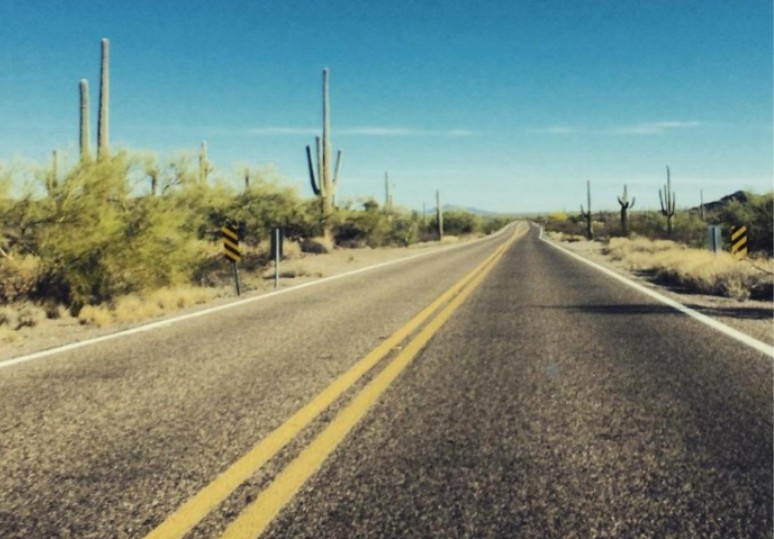When Scottsdale, a desert city often synonymous with opulent golf courses and premium spas, comes to your mind, you probably don’t envision a celestial observatory. Yet, those with discerning tastes know that Scottsdale’s surrounding desert landscape, with its vast open skies and nominal light pollution, serves as a remarkable backdrop for unrivaled stargazing experiences. This guide intends to lead both astro-tourists and photography buffs alike on a voyage of discovery; unveiling road trip adventures from Scottsdale that transport stargazing beyond the typical tourist pathways.
Unmasking the Lesser-Known Treasures
Masses may gravitate towards the Grand Canyon for its boundless skies, but Scottsdale’s less conspicuous routes offer equally mesmerizing vistas without the tourist hordes. The Four Peaks Wilderness drive is one such venture. This relatively unknown path meanders through awe-inspiring landscapes just 40 miles northeast of Scottsdale before revealing panoramic vistas perfect for stargazing. The Apache Trail Scenic Byway, another captivating route, escorts you through the Superstition Mountains, presenting numerous stopover points for setting up your telescope or camera.
Interstellar Spectacle Scheduling
The key to a breathtaking stargazing experience lies in apt timing. To elevate your experience, contemplate scheduling your road trip to align with specific astronomical occurrences. From August to December, the skies light up with the spectacular Perseid and Geminid meteor showers. Additionally, moonless nights will unveil the clearest view of constellations and the Milky Way. Stay abreast of lunar calendars and star forecasts to ensure your expedition syncs with the darkest skies.
Immortalizing the Cosmic Canopy
The allure of the night sky can be elusive, yet, with apt techniques, you can seize stunning photographs that showcase the stars’ brilliance. Here are some insider tips:
Sturdy Support: To prevent blurry images, invest in a robust tripod that ensures stability during long exposures.
Optimal Settings: Set your camera to manual mode, use a low ISO to minimize noise, and an aperture around f/2.8 to f/4 for maximum light absorption. Experiment with different shutter speeds, beginning at 15-30 seconds to capture star trails.
Manual Adjustments: Autofocus can falter in dim light. Manually adjust your lens focus to infinity for sharp details.
Creative Compositions: Include foreground elements like cacti or rock formations to create images with depth and intrigue.
Commence Your Cosmic Expedition
Beyond the city lights of Scottsdale lies a cosmos treasure waiting to be unearthed. By selecting the path less-traveled and timing your trips to coincide with cosmic wonders, you can indulge in stargazing escapades that will leave an indelible mark. Remember to carry your camera and seize the magic to share with fellow admirers.
For the latest star maps and road trip advice, become a part of the astro-adventure community. Share your celestial captures and join a network of fellow travelers who share your passion for the night sky. Platforms like Reddit and other social media channels allow you to find people with similar interests, and you might just get some great recommendations!




